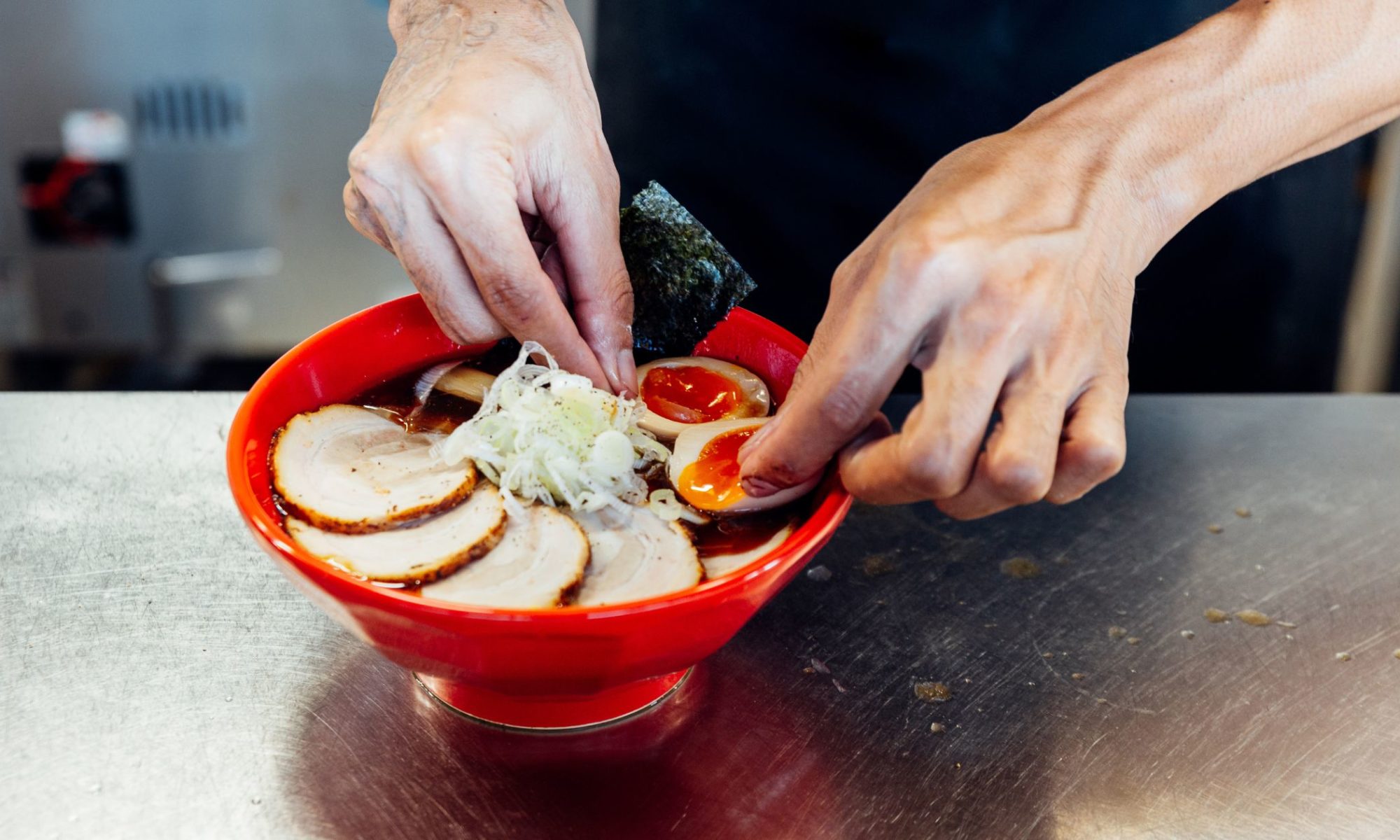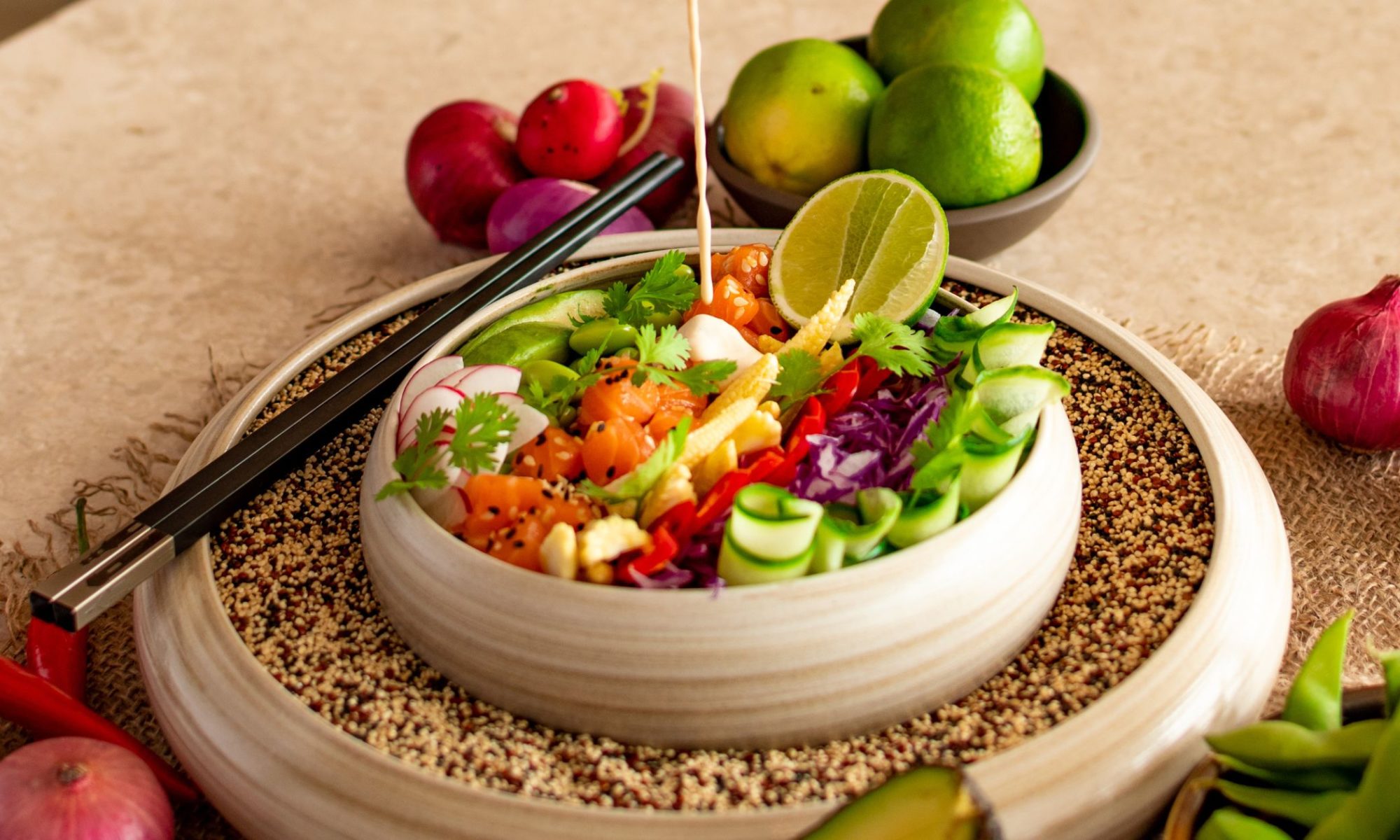Entering the realm of Japanese cuisine, a captivating journey unfolds, revealing the nuanced artistry behind one of its most revered creations—Japanese Chashu. Beyond a mere pork belly dish, Chashu embodies a culinary marvel that adds a symphony of flavors to the humble ramen bowl.
Imagine tender pork belly, meticulously marinated and slow-braised to perfection, delivering a medley of textures and tastes that captivate the senses. Chashu stands as a testament to the precision and care ingrained in Japanese culinary traditions, elevating it to an iconic status.
In this culinary exploration, I invite you to join me in unraveling the intricacies of crafting the quintessential Japanese Chashu from the comfort of your own kitchen. From handpicking the perfect cut of pork belly to infusing it with a carefully concocted marinade, each step contributes to the creation of a culinary masterpiece. Let’s embark on this flavorful journey together as I share the secrets and techniques behind the creation of Japanese Chashu, bringing the essence of Japanese cuisine to your home.
Japanese Chashu Recipe Ingredients:
- 2 pounds pork belly, skinless
- 1 cup soy sauce
- 1 cup sake
- 1 cup mirin
- 1 cup sugar
- 6 garlic cloves, crushed
- 1 tablespoon ginger, grated
- 2 green onions, chopped
- 1 tablespoon sesame oilStep-by-Step guide
Embark on a step-by-step journey with our guide to perfecting the art of Japanese Chashu. Learn to transform pork belly into a savory masterpiece through careful steps and rich flavors. Elevate your culinary skills today!
Step 1: Selecting the Perfect Pork Belly
The foundation of any great Chashu is the pork belly. Look for a well-marbled cut, as the fat will render during the braising process, infusing the meat with flavor and creating that melt-in-your-mouth texture we all crave.
Step 2: Preparing the Marinade
The key to Chashu’s irresistible taste lies in its marinade. In a bowl, combine soy sauce, sake, mirin, sugar, crushed garlic, grated ginger, chopped green onions, and a drizzle of sesame oil. This flavorful concoction will be the magic potion that transforms your pork belly into a savory masterpiece.
Step 3: Marinating the Pork Belly
Place the pork belly in a zip-top bag or a shallow dish and pour the marinade over it. Ensure that every inch of the meat is coated, allowing it to soak in the flavors. Seal the bag or cover the dish with plastic wrap and refrigerate for at least 4 hours or, ideally, overnight. This extended marination time will allow the pork to absorb the maximum amount of deliciousness.
Step 4: Slow and Low Braising
Once the pork has marinated to perfection, it’s time for the slow and low braise that will transform it into the tender delight that is Chashu. Preheat your oven to 275°F (135°C). Remove the pork from the marinade, reserving the liquid for later use. Roll the pork belly and secure it with kitchen twine to maintain its shape during cooking.
Place the pork in a roasting pan or oven-safe dish, and pour a bit of the reserved marinade over the top. Cover with foil and let it braise in the oven for about 3 to 4 hours, periodically basting with the marinade to ensure the meat remains moist and flavorful.
Step 5: Achieving that Perfect Char
As the pork belly reaches its peak tenderness, it’s time to introduce a subtle yet essential element – a tantalizing char. Remove the foil and increase the oven temperature to 425°F (220°C). Let the Chashu roast for an additional 15-20 minutes, or until the edges turn golden brown and slightly crispy.
Step 6: Slicing and Serving
Allow the Chashu to cool for a few minutes before carefully removing the twine. Slice it into thin, succulent pieces that will gracefully adorn your ramen bowl. The Chashu is now ready to take its place as the crowning glory of your homemade ramen masterpiece.
Also Read: 10 Yummy Japanese Foods Adventures Await
Conclusion:
In essence, the journey to perfecting the Japanese Chashu has been a delightful exploration of flavors and culinary techniques. From carefully selecting the right cut of pork belly to immersing it in a rich marinade, the process has been an artful dance of ingredients and patience. As the pork belly undergoes the slow and low braise, the kitchen becomes a symphony of aromas, promising a culinary experience that transcends the ordinary.
Slicing into the finished Chashu reveals the fruits of this labor—a tender and succulent masterpiece. The interplay of soy sauce, sake, mirin, and aromatic spices has transformed the humble pork belly into a savory delight with layers of complexity. As the Chashu graces a bowl of ramen or stands proudly on its own, it serves as a testament to the beauty of homemade Japanese cuisine. This culinary journey, though concluding, leaves an enduring appreciation for the artistry that turns simple ingredients into a symphony of flavors, inviting you to savor the richness of Japanese Chashu with every bite.





